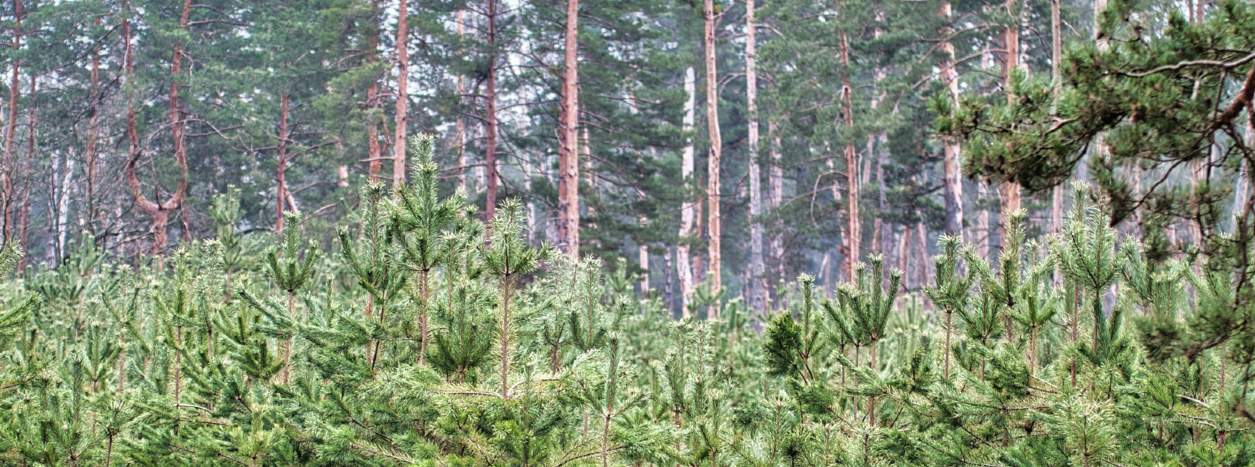The Intergovernmental Panel on Climate Change (IPCC) has recently released its latest Synthesis Report, which details how we have a rapidly closing window of opportunity to mitigate the impacts of climate change. For the global temperature rise to be limited to the Paris Agreement’s target of 1.5°C, public and private sector organisations must make rapid and sustained reductions in their greenhouse gas (GHG) emissions.
Although lots of companies are making commitments to reduce their GHG emissions, an increasing number are experiencing difficulty with cutting their emissions all the way to zero in time. As a result, many are increasingly turning to the use of carbon offsets and insets.
Carbon offsetting refers to the purchase of carbon credits from an unrelated third-party to effectively counterbalance residual GHG emissions in supply chains. Significant momentum is being experienced within the carbon credit market: according to a 2021 McKinsey report, demand is set to increase by a factor of 15 or more by 2030, making the market worth around $50 billion, and by a factor of up to 100 by 2050.
The Woodland Carbon Code (WCC) is one example of how this rapidly growing demand is being satisfied. Since its inception, over 400 different UK-based companies have purchased carbon units from WCC projects, with each Woodland Carbon Unit (WCU) representing a tonne of CO2e sequestered in a verified woodland. These units can then be ‘retired’ and used by the purchasers to reduce their net GHG emissions.
In contrast, carbon insetting involves a company implementing methods that reduce or sequester GHG emissions along their own supply chain, often in the form of nature-based solutions such as reforestation and regenerative agriculture. Organisations that operate within the food and agricultural sectors are ideally positioned to do this. For example, Nestlé has invested in a range of agroforestry and silvopasture projects on farms that are suppliers of ingredients or raw materials. These projects should either reduce GHG emissions directly or generate credits through increased sequestration, both of which should reduce Nestlé’s net GHG emissions. Furthermore, many of these projects have the potential to positively impact the associated communities, ecosystems and landscapes.
Carbon offsetting and insetting is underpinned by monitoring, reporting and verification (MRV), which refers to a three-step process:
- Measurement of the amount of GHG emissions that are reduced by a mitigation activity;
- Reporting of these findings to an accredited third party; and
- Verification of the report to certify the carbon reduction or credit and, in the case of offsets, subsequently issue the carbon credits.
The growth of the carbon credits market has brought with it much-needed scrutiny regarding the robustness of measurement, reporting, and verification, which has cast doubt on the credibility of claims by firms engaged in offsetting and/or insetting. Although some research has demonstrated a lack of rigour in the credit certification process, methodologies have rapidly improved recently, most notably due to advancements in satellite monitoring. Due to their robust and transparent method based upon science and technology, Verra-certified credits are widely seen as best in-class and command high prices accordingly.
If companies are to realise the enormous potential of carbon offsets and insets in reducing their carbon footprints and facilitating society’s transition to net zero, it’s imperative that they maintain trust in claims made against their GHG emissions. Emphasis must accordingly be placed on adopting robust and transparent methods and certify credits to the highest level possible. At the same time, it’s also important for organisations to view these opportunities as supplementary to the core goal of implementing genuine GHG emissions reduction measures.
Further information
Contact Toby Hiram or Alex Godfrey
In plain English: applying natural capital accounting to land

.jpg)







.jpg)
.jpg)